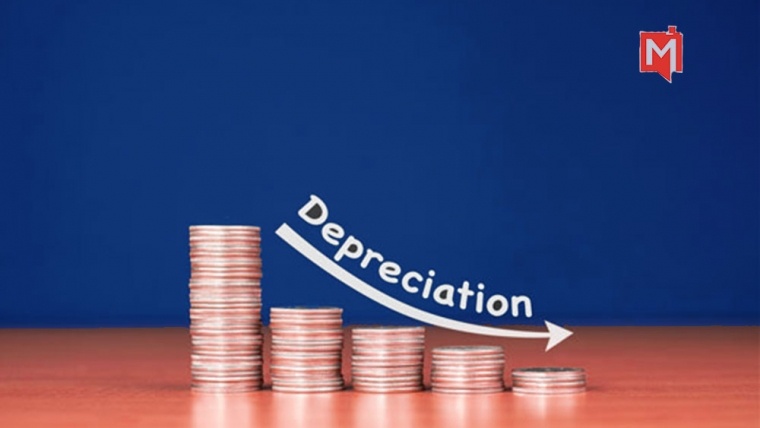When your business needs new equipment, you have two primary options for financing: equipment leasing and traditional financing. Each offers distinct advantages depending on your business’s goals, financial health, and equipment needs. Let’s break down both options to help you make an informed decision.
When your business needs new equipment, you have two primary options for financing: equipment leasing and traditional financing. Each comes with its own set of advantages, depending on your business’s financial health, goals, and equipment requirements. In this post, we’ll break down both options to help you make an informed decision that aligns with your business needs and long-term success.
What is Equipment Leasing?
Equipment leasing is essentially renting equipment for a set period, with the option to buy at the end of the lease. Instead of owning the equipment outright, you make regular payments to the leasing company. Once the lease ends, you can return the equipment, purchase it for a predetermined price, or renew the lease.
Benefits of Leasing:
- Lower upfront costs: Leasing usually requires little to no down payment, making it ideal if you need to conserve cash flow.
- Predictable expenses: With fixed monthly payments, leasing helps with budgeting.
- Upgrades and flexibility: At the end of the lease, you can upgrade to newer equipment without the hassle of selling old gear.
- Tax advantages: Lease payments are often tax-deductible as operating expenses.
What is Traditional Financing?
Traditional financing involves taking out a loan to buy the equipment outright. You make regular payments over time, and once the loan is paid off, you fully own the equipment.
Benefits of Traditional Financing:
- Ownership: After the loan is paid, the equipment is yours to keep or sell as needed.
- Long-term savings: While the initial payments might be higher, owning the equipment can save you money over time, especially if you plan to use it for many years.
- Depreciation: You can depreciate the value of the equipment over time, which can reduce your taxable income.
Which Option is Right for Your Business?
- Choose leasing if: You want to conserve cash flow, need flexible upgrade options, or if your business relies on technology that quickly becomes outdated.
- Choose traditional financing if: You want to own the equipment long-term, have the capital for a down payment, and prefer to eventually eliminate payments after the loan is paid off.
Conclusion
Both leasing and traditional financing have their place, depending on your financial strategy and long-term goals. If you’re looking for flexibility and lower upfront costs, leasing may be the better option. If ownership and long-term savings are your priorities, traditional financing could be the way to go.
Understanding your needs and financial situation will help you choose the best path for acquiring the equipment your business needs to thrive.



